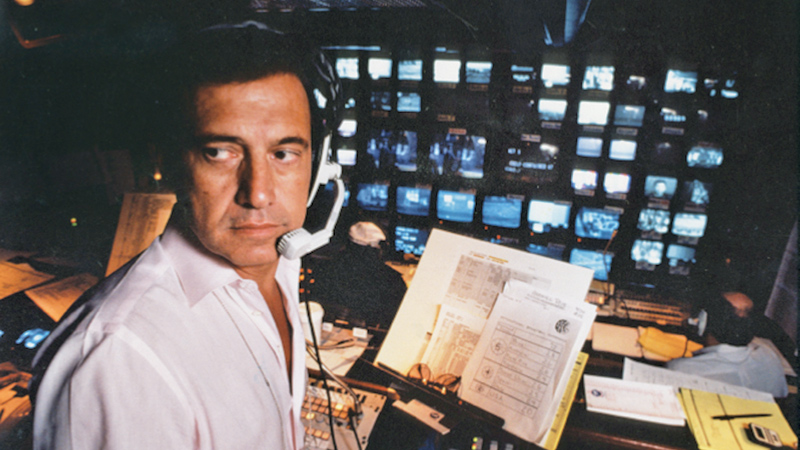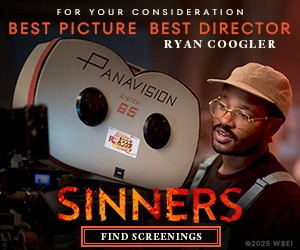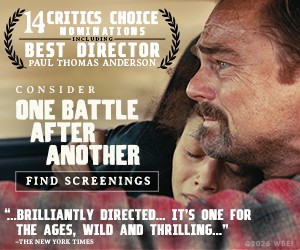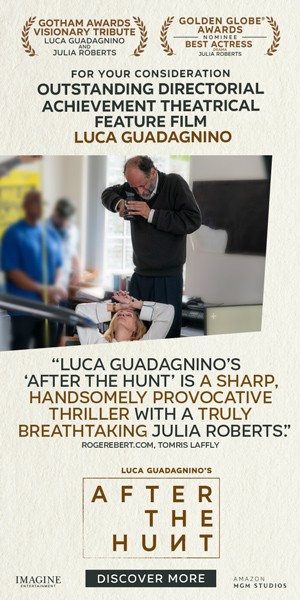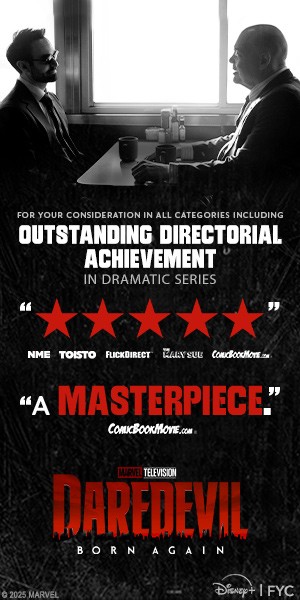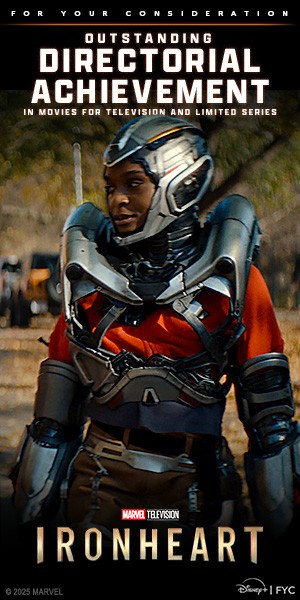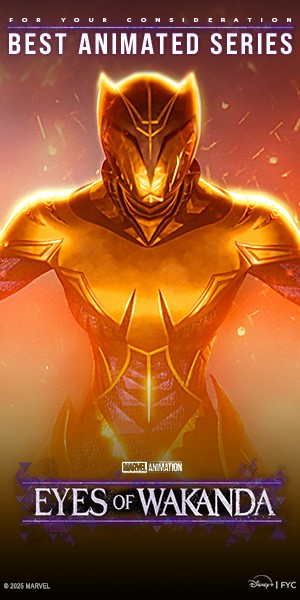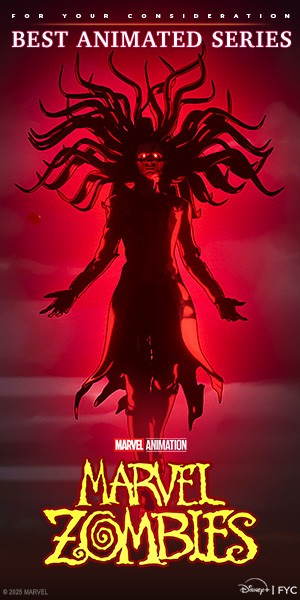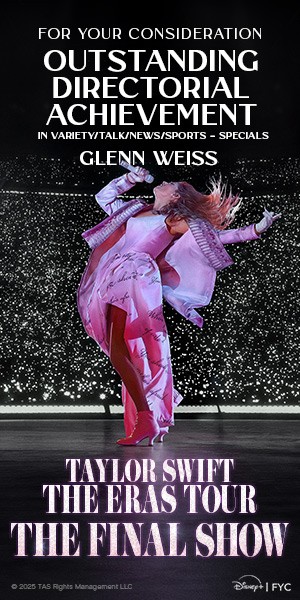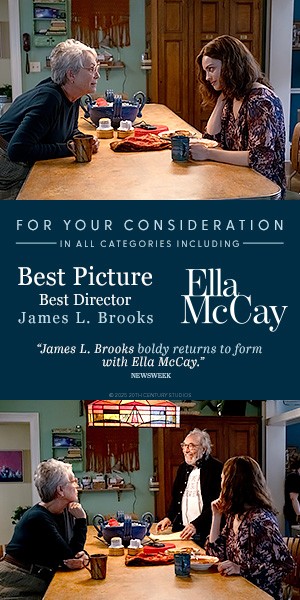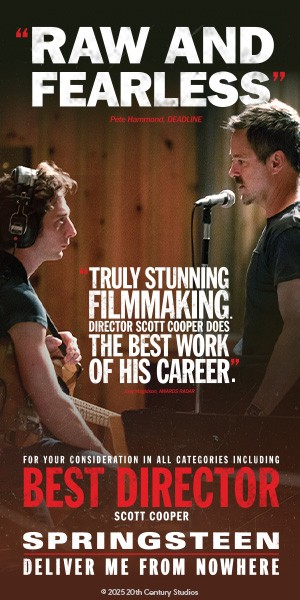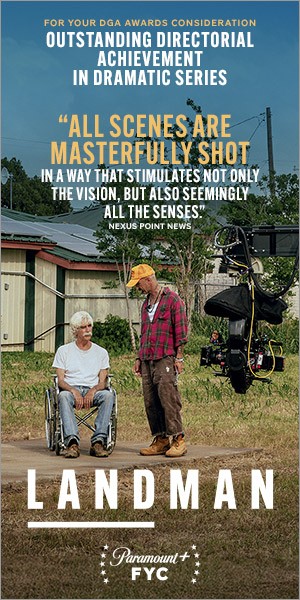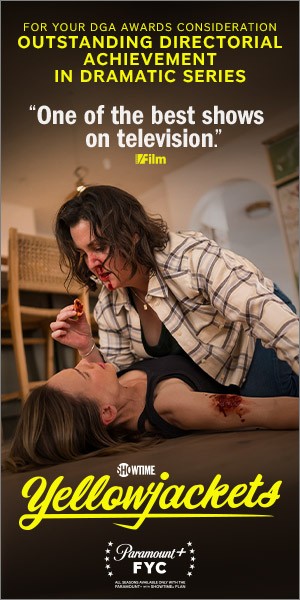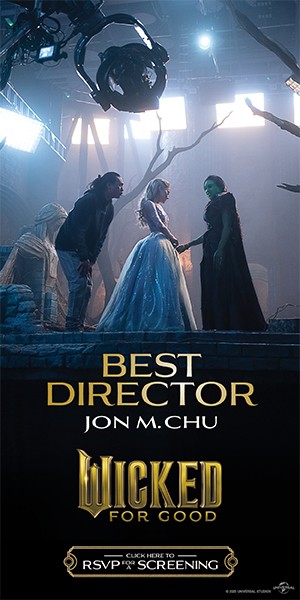This year as untold millions gather around televisions to watch their favorite sports events, when a spectacular moment is revisited through the technology of instant replay they should all raise a toast to its inventor, DGA member Tony Verna. The technique, which revolutionized the world of televised sports, celebrates its 50th birthday as it was first deployed during the broadcast of the Army vs. Navy football game Verna was directing for CBS Sports on December 7, 1963.
As a young director, Verna was always searching for ways to make his broadcasts more exciting. “I was directing major sporting events and around 1963 it became obvious that I wasn’t able to provide enough different views right after a play,” Verna recalls. “It took eight to ten minutes to rerack a tape to show something like a receiver down the field and you couldn’t do that because so many plays would have transpired by that time that the audience wouldn’t have any idea what you were talking about. So I wanted to show something instantly and I rigged up an Ampex 1000 videotape machine with sound beeps as a cueing point and gave the machine some brains.”
The invention caught the attention of noted communication theorist Marshall McLuhan who said, “Until the advent of the instant replay, televised football had served simply as a substitute for physically attending the game; the advent of instant replay – which is possible only with the television – marks a post-convergent moment in the medium of television.”
However, this invention not only transformed sports broadcasts, but has begun to alter the sports themselves as more and more of them have begun to adapt variants of the process in order to have technological verification on calls and plays that could change the outcome of the game.
Verna would go on to an impressive directing career in live television and sports, compiling a resume that includes five Super Bowls, the Olympic competitions in Rome, Montreal and Los Angeles, and other challenging live event such as Pope John Paul II’s TV special A Prayer for World Peace and the 1985 Ethiopian famine relief concert Live Aid, which was one of the largest television broadcasts of all time with an estimated global audience of 1.9 billion, across 150 nations.
In 1995, the DGA presented Verna with the Guild’s Lifetime Achievement Award in Sports Direction Award in recognition of his accomplishments and contributions to the genre.
Looking back on his invention a half century later, Verna recalls the conversation he had with his on-air commentator Lindsey Nelson right after its debut. “As we left the stadium in a cab he said, ‘Tony, what you’ve done here is not retractable. They’re not going to be able to do games without instant replay, and once they use it they’re never going to stop.’ And that’s what happened. It got refined with slow motion and still frames and whatever, but in essence, you could still find an old machine and fix it up to still do an instant replay by the same method.”
